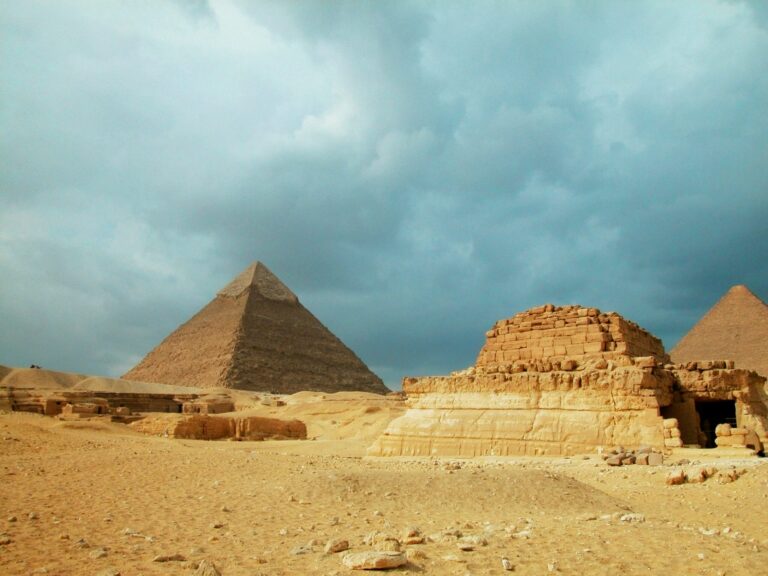On February 18, 2025, Egypt and the United Kingdom made a groundbreaking announcement that has captivated the global archaeological community. Together, they revealed the discovery of the tomb of Thutmose II, a monumental find that marks the completion of the search for all 15 royal tombs from Egypt’s Eighteenth Dynasty in the Valley of the Kings. This remarkable discovery, considered one of the most significant in recent years, promises to offer an unprecedented glimpse into ancient Egyptian burial rituals and royal history.
Thutmose II, who ruled Egypt during the 18th Dynasty, is often overshadowed by his more famous successors, such as Thutmose III and Tutankhamun. Yet, his tomb’s discovery sheds light on the final chapter of the dynasty, underscoring the importance of his reign within Egypt’s ancient past. The tomb was unearthed in the Valley of the Kings, an iconic site known for being the final resting place of many of Egypt’s most influential rulers. The site’s rich history and its association with pharaohs have made it an enduring focal point for archaeologists and historians alike.
This discovery is particularly significant because it represents the last missing tomb from the Eighteenth Dynasty—a period that was instrumental in shaping ancient Egyptian culture and power. The tomb is believed to offer insights into the life of Thutmose II and his role in Egypt’s royal family. Notably, it also presents an opportunity to learn more about the burial practices of the time, potentially revealing details about the rituals, offerings, and symbolism associated with the afterlife in ancient Egypt. The intricate artwork, inscriptions, and physical artifacts found within the tomb will likely be key to understanding more about the political, religious, and social structures of Egypt during his reign.
Excavations at the tomb site have already uncovered a wealth of artifacts that suggest the tomb’s grandeur. Though the tomb itself appears to have been looted in antiquity, the discovery of certain objects and detailed carvings offers a glimpse of the riches that once adorned the final resting place of Thutmose II. Archaeologists are particularly excited about the potential for further discoveries as they continue to analyze the site and its contents.
The collaboration between Egyptian and British archaeologists has been crucial to the success of this excavation. By pooling their resources, knowledge, and expertise, both countries have made this extraordinary discovery possible. The partnership highlights the ongoing commitment to understanding ancient civilizations through international collaboration. The tomb of Thutmose II, along with other recent archaeological breakthroughs in Egypt, promises to reshape our understanding of ancient Egyptian culture and the powerful rulers who once commanded one of the most impressive empires in history.
As excavations continue, the archaeological community eagerly anticipates more findings from the site. The ongoing study of the tomb’s artifacts, alongside the detailed documentation of the site, will surely yield further revelations about Egypt’s Eighteenth Dynasty and its remarkable rulers. This discovery, along with the rich history of the Valley of the Kings, offers an unparalleled opportunity for scholars to deepen their understanding of one of the world’s most extraordinary ancient civilizations.


